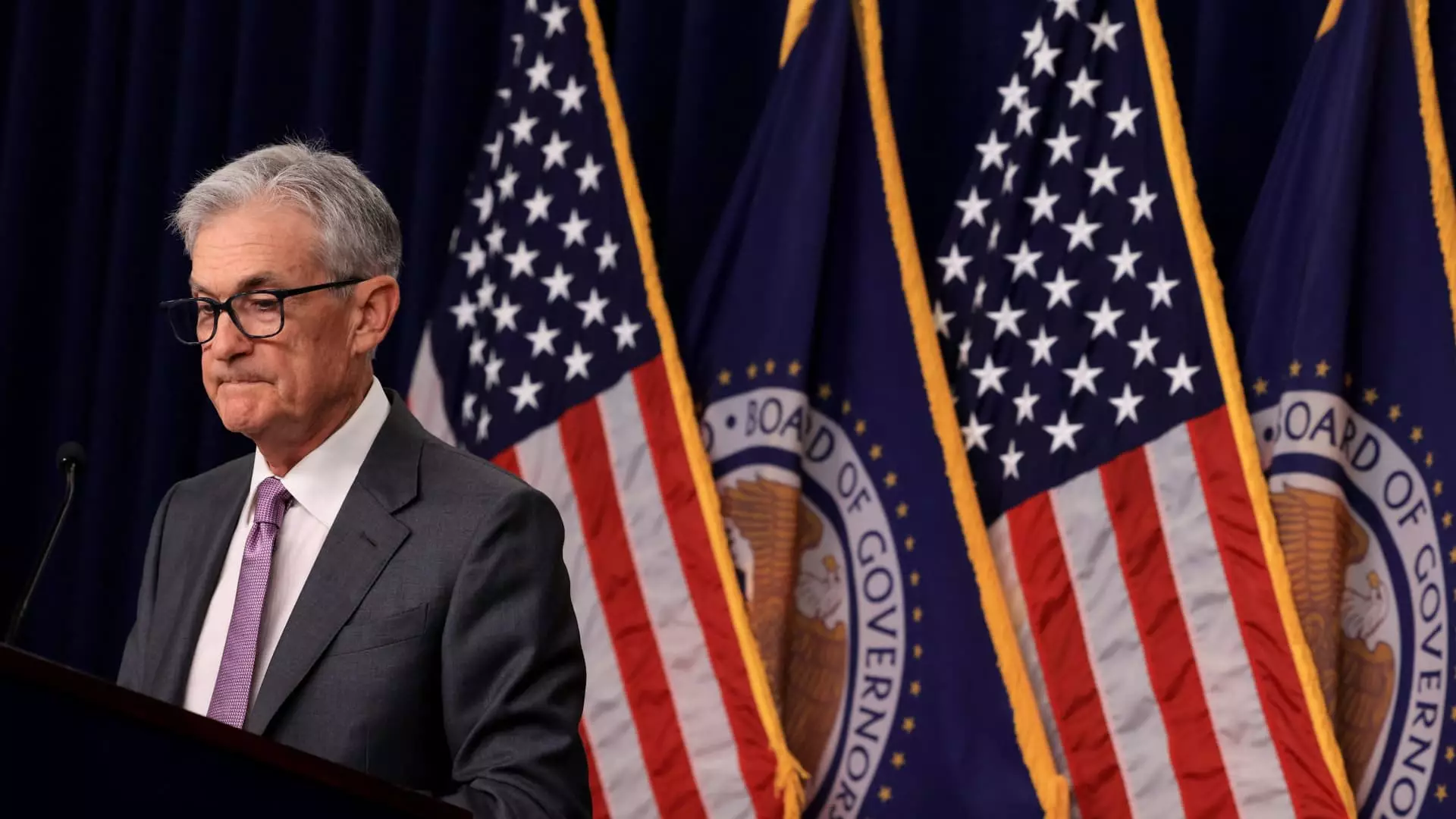The upcoming policy speech by Federal Reserve Chair Jerome Powell at the Jackson Hole conference has garnered a lot of attention in the financial markets. Investors are eagerly awaiting any insights that could shed light on the Fed’s monetary policy direction. However, it is unlikely that Powell’s speech will contain any groundbreaking news, as the general consensus is that the Fed will begin cutting rates in September and continue to do so in the foreseeable future. This article aims to critically analyze the key points and implications of Powell’s anticipated speech.
The prevailing sentiment in the market is that the Fed will kickstart a rate-cutting cycle starting in September. Despite some uncertainties regarding the scale and frequency of the rate reductions, analysts are confident that the Fed will take a dovish stance in response to economic conditions. Former Fed official Lou Crandall emphasized the importance of being data-dependent in determining the speed and timing of the rate cuts. It is widely believed that the Fed will commence the easing cycle next month, with the possibility of multiple rate cuts in the coming years.
The Federal Reserve’s decision to consider rate cuts reflects a proactive approach to address economic challenges and uncertainties. The minutes from the previous July session revealed a consensus among Fed members in favor of a rate cut in September. With concerns about weakening economic indicators, particularly in the labor market and manufacturing sector, the Fed is poised to act swiftly to stabilize the economy. Philadelphia Fed President Patrick Harker’s explicit endorsement of initiating rate cuts in September further reinforces the likelihood of upcoming monetary policy adjustments.
Amidst ongoing concerns about inflation and labor market conditions, Powell is expected to adopt a dovish tone in his speech. The persistently low inflation rates and signs of softening in the labor market suggest that the Fed may prioritize additional easing measures. The evolving economic landscape necessitates a cautious and proactive stance to mitigate downside risks. Powell’s assessment of inflation trends and labor market dynamics will be critical in shaping market expectations and confidence in the Fed’s policy response.
The financial markets have reacted strongly to signals of impending rate cuts by the Fed. Powell’s acknowledgment of economic headwinds and progress in inflation management will be closely monitored by investors. The expectations of gradual rate cuts over the next few meetings, followed by further easing in the future, have already been factored into market forecasts. The Fed’s commitment to supporting economic stability and growth is paramount in addressing market concerns and ensuring a smooth transition towards a more accommodative monetary policy stance.
The Federal Reserve’s policy speech at the Jackson Hole conference holds significant implications for monetary policy decisions and market dynamics. Powell’s articulation of the Fed’s stance on rate cuts, inflation outlook, and labor market conditions will influence investor sentiment and market performance. By adopting a proactive and data-driven approach, the Fed aims to address economic uncertainties and maintain stability in the financial markets. The critical analysis of Powell’s speech will provide valuable insights into the future trajectory of monetary policy and its impact on the broader economy.

